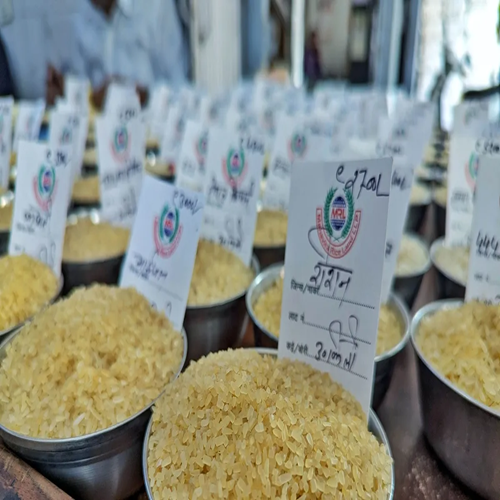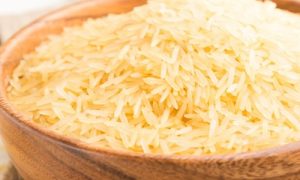Chinese scientists succeed in speed rice breeding in desert greenhouses

Chinese scientists from CAAS have achieved a breakthrough in rice cultivation, halving its growth cycle in desert greenhouses in Hotan, Xinjiang. Using soilless farming, temperature control, and LED lighting, rice seedlings matured in just 60 days, compared to the usual 120-150 days. Yang Qichang’s team transformed Hotan’s desert into ideal breeding grounds, aiming to revolutionize crop cultivation globally with low-cost, energy-efficient methods.
A group of scientists from the Chinese Academy of Agricultural Sciences (CAAS) recently announced the success of a trial planting to halve the growth cycle of a conventional rice variety in a desert greenhouse in Hotan, northwest China’s Xinjiang Uygur autonomous region.
“We started the breeding in February this year. Supported by soilless farming, temperature control and artificial lighting, it took just 60 days for the rice seedlings to harvest,” said Wang Sen, a researcher with the CASS’s Institute of Urban Agriculture (IUA).
China is the first country in the world to cultivate rice. With ordinary farming practices, it usually takes 120 to 150 days on average for rice to mature in China’s major rice-growing areas.
Why can the growth cycle of rice be significantly reduced in desert greenhouses of Hotan?
In 2021, Yang Qichang, chief scientist with the IUA, and his team successfully cut the growth cycle of rice by half in laboratory settings in Chengdu, southwest China’s Sichuan province. They also achieved a technological breakthrough that allows rice to be cultivated throughout the year, without being limited by seasonal factors.
Yang noted that cultivating rice in laboratory settings is costly, adding that he and his team hoped to explore a technical approach that could achieve speed breeding while also significantly reducing costs.
“We found that Hotan is an ideal place for building greenhouses because the land and operating costs are relatively low here with its vast deserts, abundant sunlight and heat resources. Implementing speed breeding here can significantly reduce costs,” Yang explained.
In the greenhouses of Hotan, Yang and his team replaced soil cultivation with nutrient solutions and employed multi-spectrum LED light sources and environmental control technologies to regulate the lighting and temperature conditions. After more than two years of experiments, the team finally achieved speed rice breeding in desert greenhouses.
Later, Yang and his team continued to explore key technologies for the fast breeding of other crops in desert greenhouses, including soybeans, corn, wheat, oilseed crops and cotton.
The successful trial planting demonstrated that speed breeding in desert greenhouses is entirely feasible and provides an effective method to produce more generations of rice each year, Yang said. Besides, the efficacy of low-cost, highly efficient and energy-saving gutter-connected desert greenhouses has also been validated, he added.
“After future integration with new energy and other technologies, construction and operating costs will be greatly reduced, which will make such greenhouses strongly competitive globally,” Yang told People’s Daily.
Source Link: http://www.koreapost.com/news/articleView.html?idxno=41952















